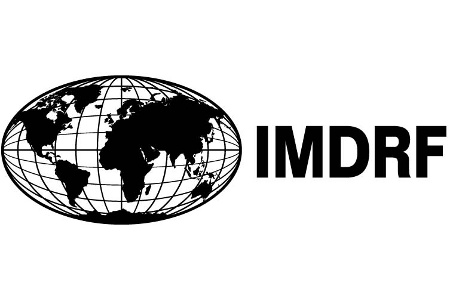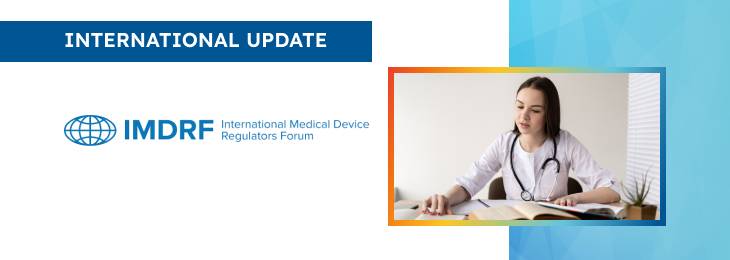
Table Of Contents:
The International Medical Device Regulators Forum, an organization comprised of national regulating authorities collaborating to further improve the existing regulatory framework for medical devices, has published a guide dedicated to the terminologies for categorized Adverse Event Reporting (AER).
The document describes the relevant terms, terminology structures, and codes in detail. The scope of the guidance covers the reporting-related matters associated with both general and in-vitro diagnostic medical devices.
Regulatory Background
The GHTF/SG2/N54R8:2006 document establishes a global framework for reporting adverse events post-market concerning medical devices and IVDs.
It emphasizes the importance of identifying what events to report, the responsible parties for reporting, the timing, and the manner of reporting, including the necessary content and dataset elements.
The guidance distinctly highlights the broader definition of “adverse events” in post-market scenarios compared to their interpretation in clinical trials or pre-market evaluations.

Adverse Event Terminology in Reporting
According to the guidance, this terminology aims to enhance the reporting processes identified in prior guidelines, such as GHTF/SG2/N54R8:2006. It covers events post-market and during the pre-market phase, such as clinical trials.
The terminology is categorized into four main areas, focusing on observations related to the medical device, its components, the effects on subjects, and investigations into the causes and links between device usage and adverse health outcomes.
The document is intended to provide a detailed but practical approach for regulatory purposes without dictating the granularity level for manufacturers, who are encouraged to add further details for internal monitoring.
Essential Considerations for Terms, Codes, and Hierarchical Structure
As explained by the IMDRF, the terminologies are designed to minimize ambiguities through unique alphanumeric codes, definitions, and, where applicable, examples.
This system supports the reduction of narrative text ambiguity by categorizing events. A hierarchical coding structure based on a logical decision tree is introduced to facilitate an accessible and detailed description of events without requiring exhaustive prior knowledge of all terms.
Detailed Terminologies and Coding System
According to the document, the adverse event reporting terminology comprises four distinct sets of terminologies delineated across seven annexes.
These sets and their codes are intended for comprehensive event capture, allowing for coding at various detail levels as required by the specific situation and jurisdictional needs. This structure supports a systematic approach to reporting, from identifying device problems to investigating causes and determining health effects.
- Medical Device Problem Terms/Codes (Annex A): This section provides terms for describing observable device issues without addressing potential causes. It aligns with FDA terms and ISO specifications where feasible, enabling jurisdictions to select the appropriate coding level.
- Cause Investigation Terms/Codes (Annexes B-D): These terms cover investigation types, findings, and conclusions, helping to pinpoint adverse event root causes. The structure allows for hierarchical coding, offering flexibility in detailing the investigation’s scope and outcomes.
- Health Effects Terms/Codes (Annexes E and F): Focused on capturing clinical signs, symptoms, and the impact of adverse events, these terms facilitate comprehensive reporting of health effects without requiring diagnostic specificity. The terms are organized to reflect clinical observations and the resultant health impacts systematically.
- Component Terms/Codes (Annex G): This section helps identify specific device components involved in incidents, structured to assist in selecting the most relevant term based on predefined criteria. It emphasizes the importance of detailed component reporting in understanding and addressing adverse events.
Conclusion
In summary, the adverse event terminology and reporting guidelines set forth by GHTF serve as a foundational framework for ensuring a systematic and practical approach to post-market surveillance of medical devices.
By detailing terminology, coding structures, and reporting considerations, this framework aims to enhance the accuracy, efficiency, and comprehensiveness of adverse event reporting, ultimately contributing to the safety and efficacy of medical devices on the market.
How Can RegDesk Help?
RegDesk is a holistic Regulatory Information Management System that provides medical device and pharma companies with regulatory intelligence for over 120 markets worldwide. It can help you prepare and publish global applications, manage standards, run change assessments, and obtain real-time alerts on regulatory changes through a centralized platform. Our clients also have access to our network of over 4000 compliance experts worldwide to obtain verification on critical questions. Global expansion has never been this simple.

